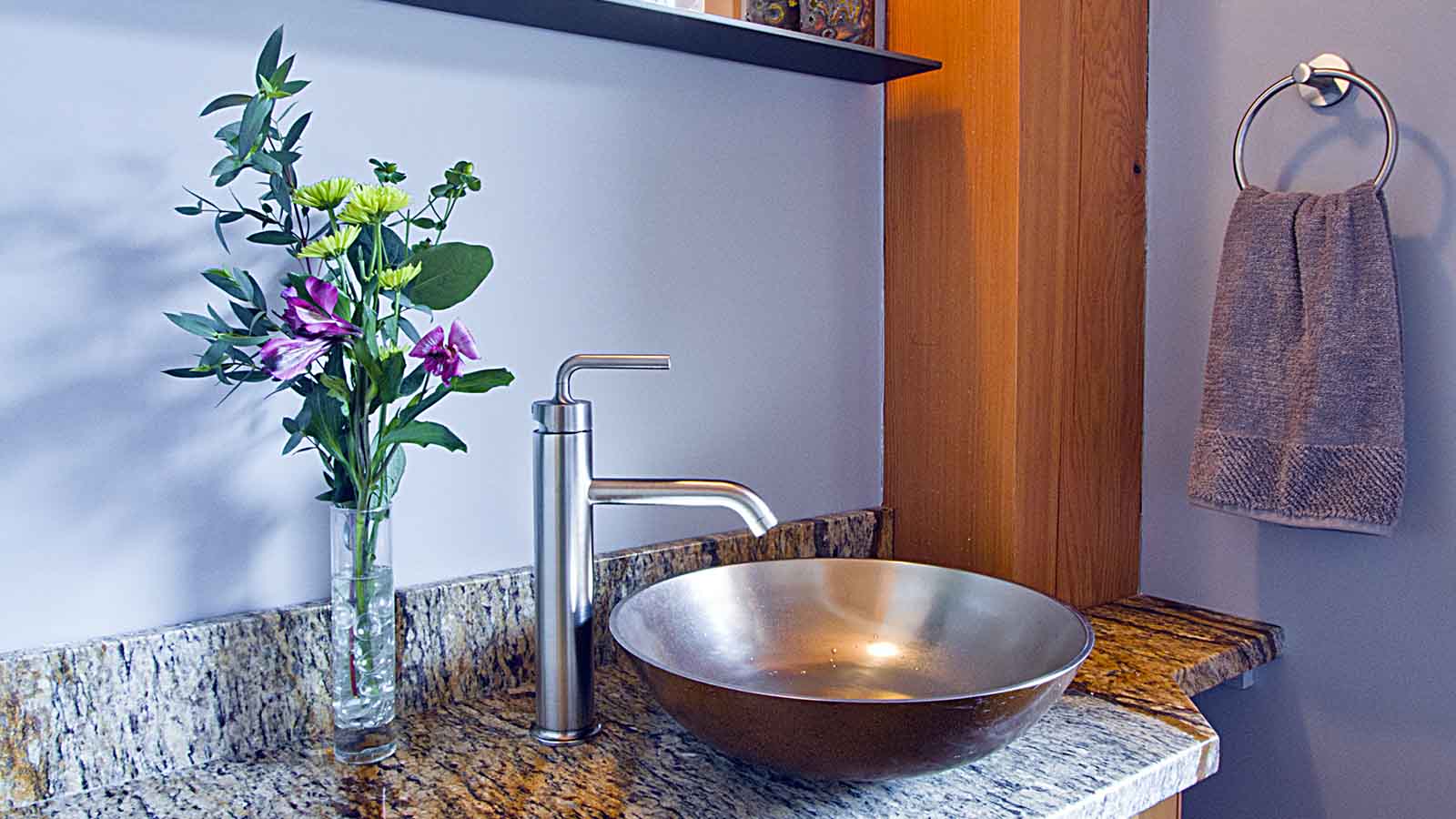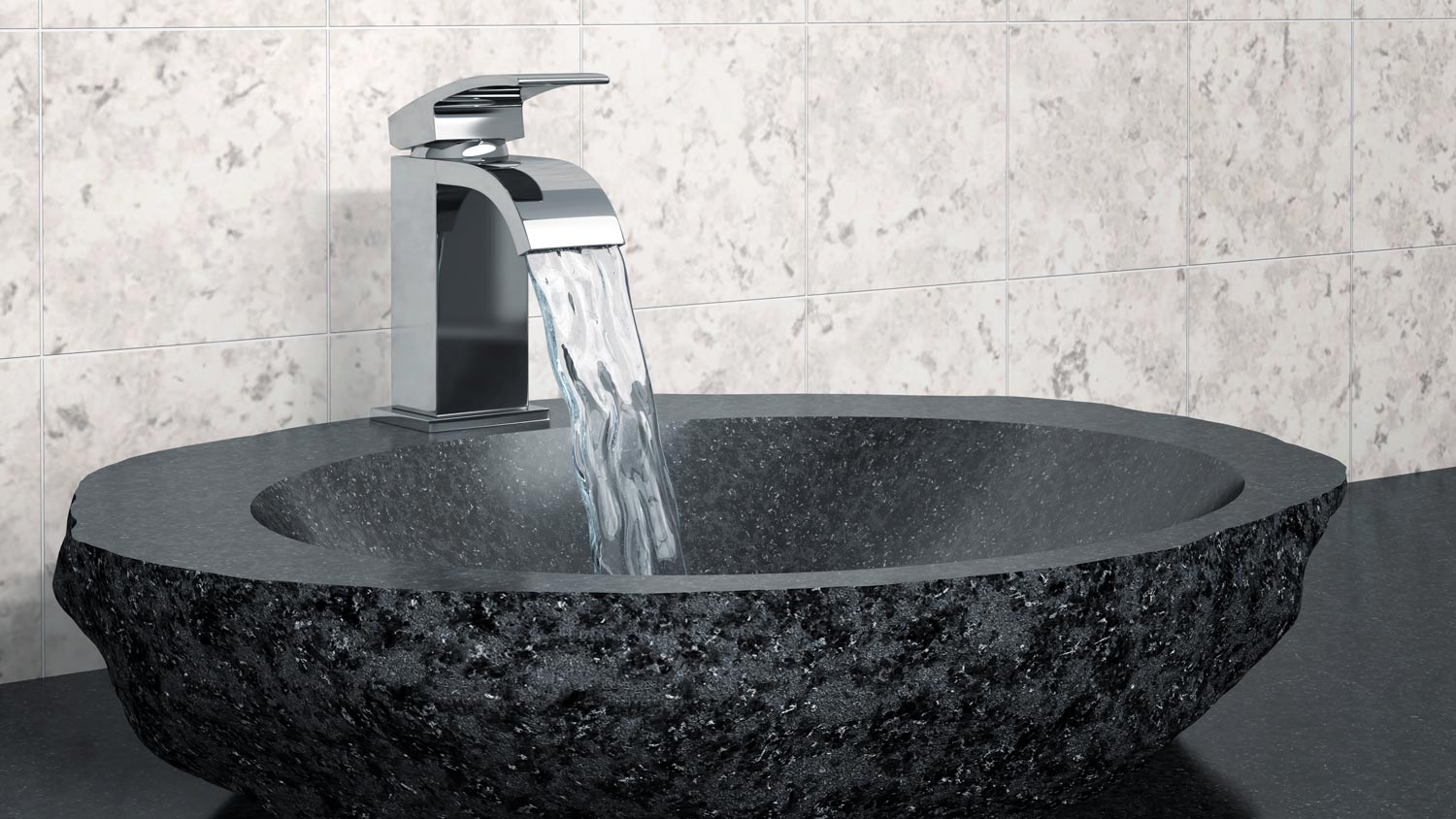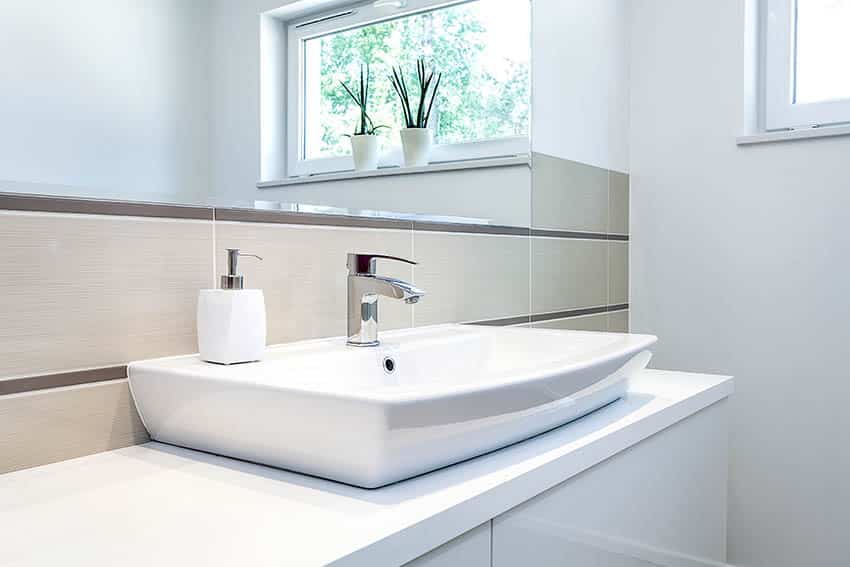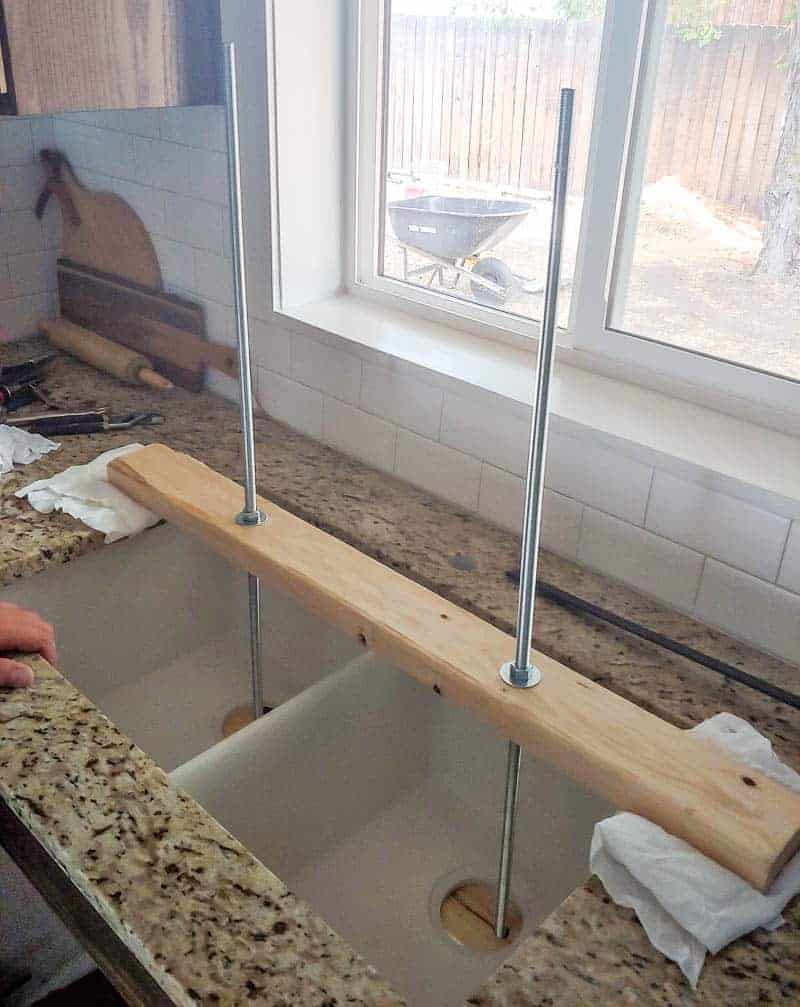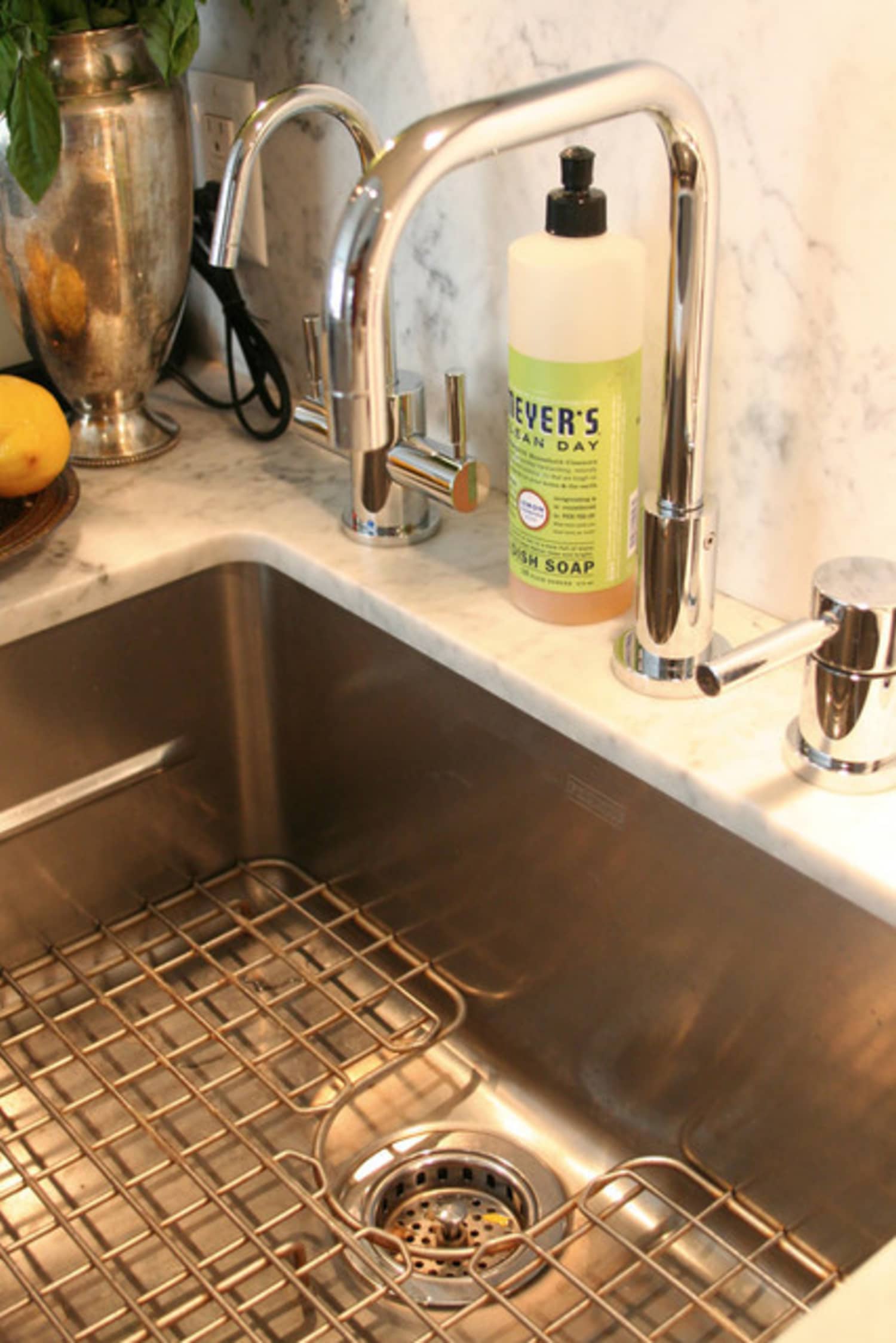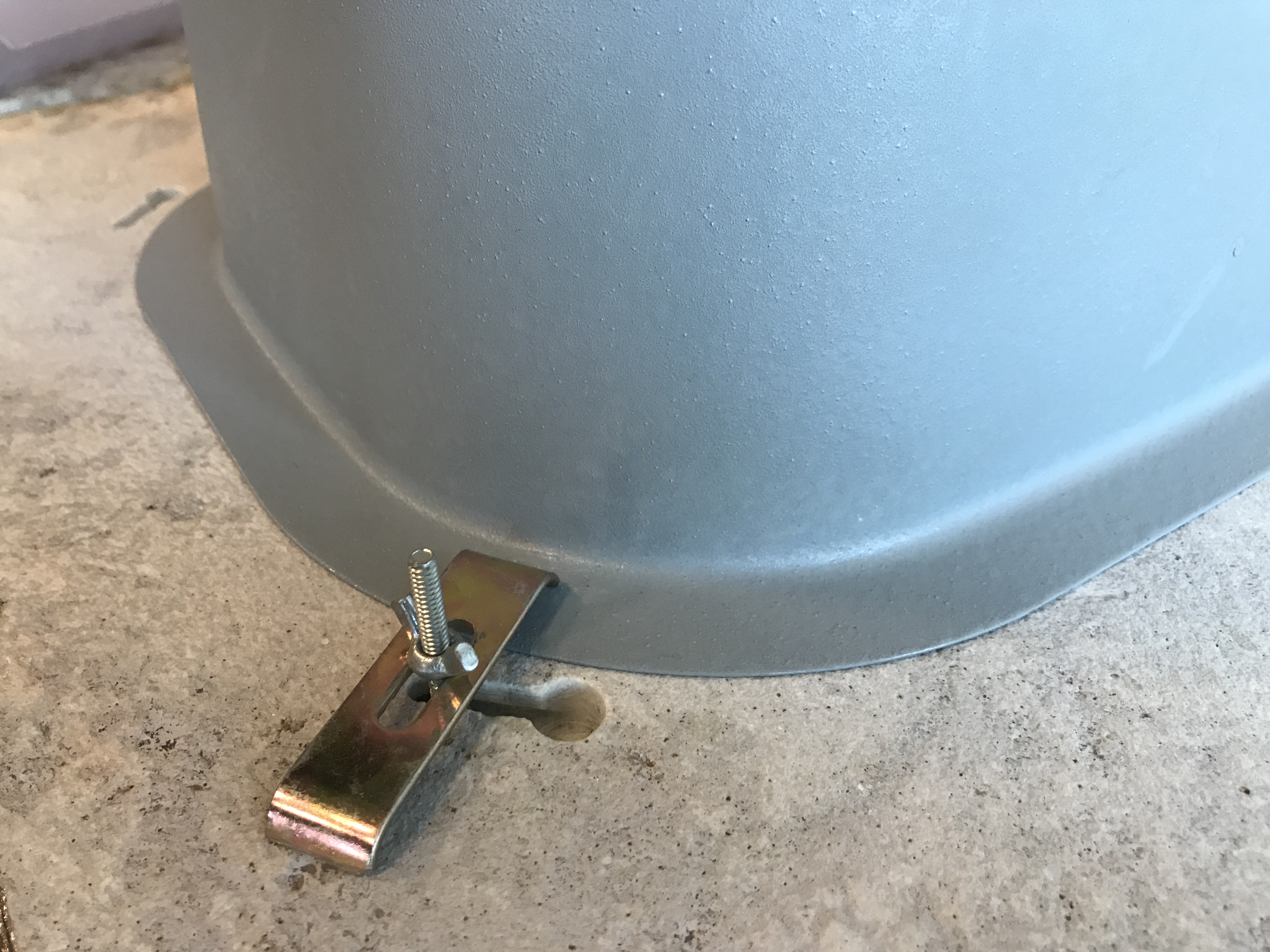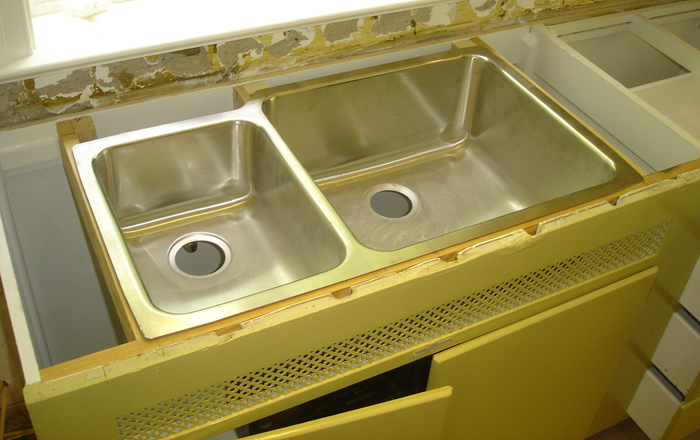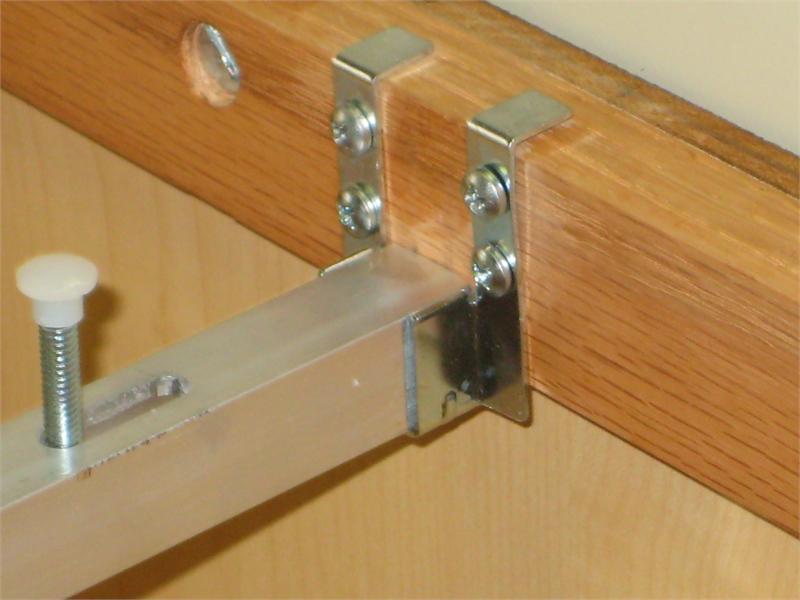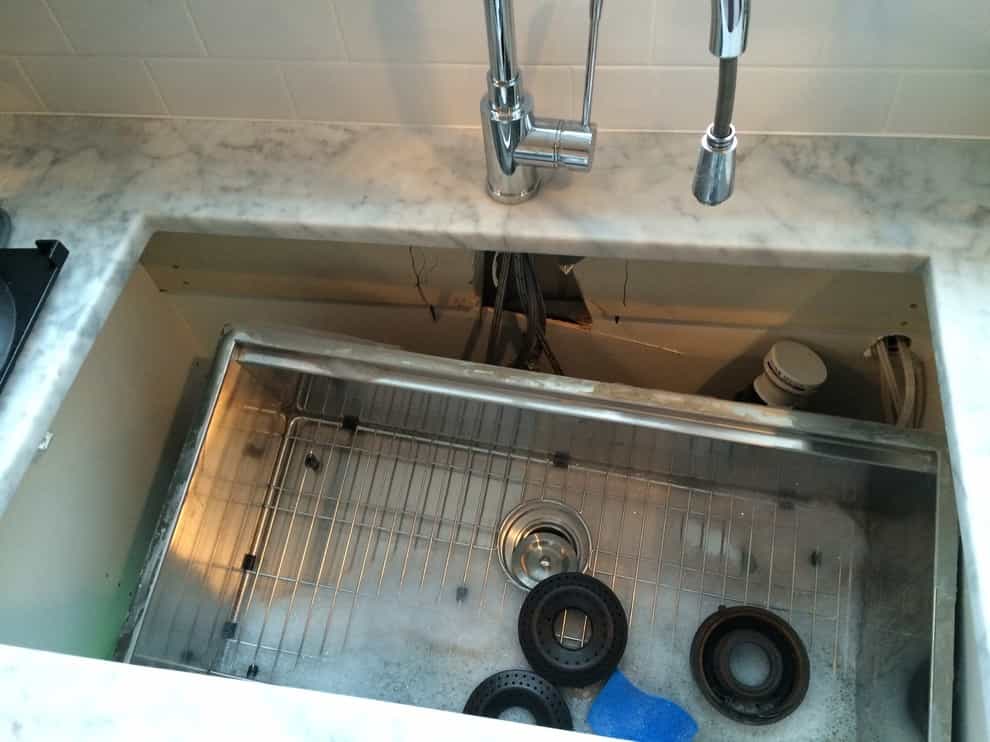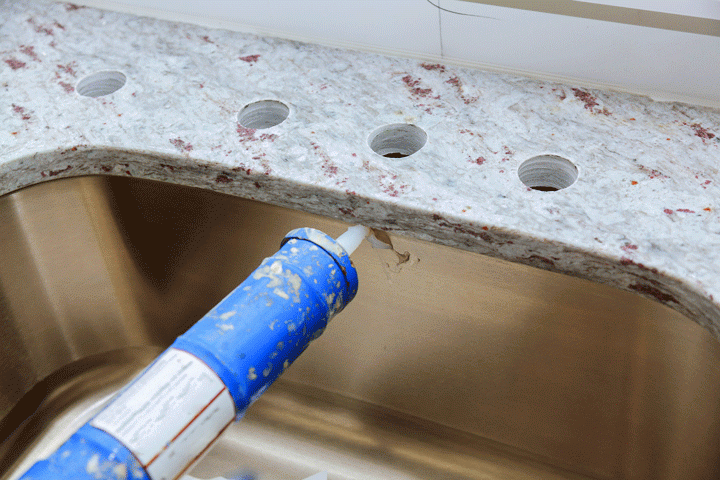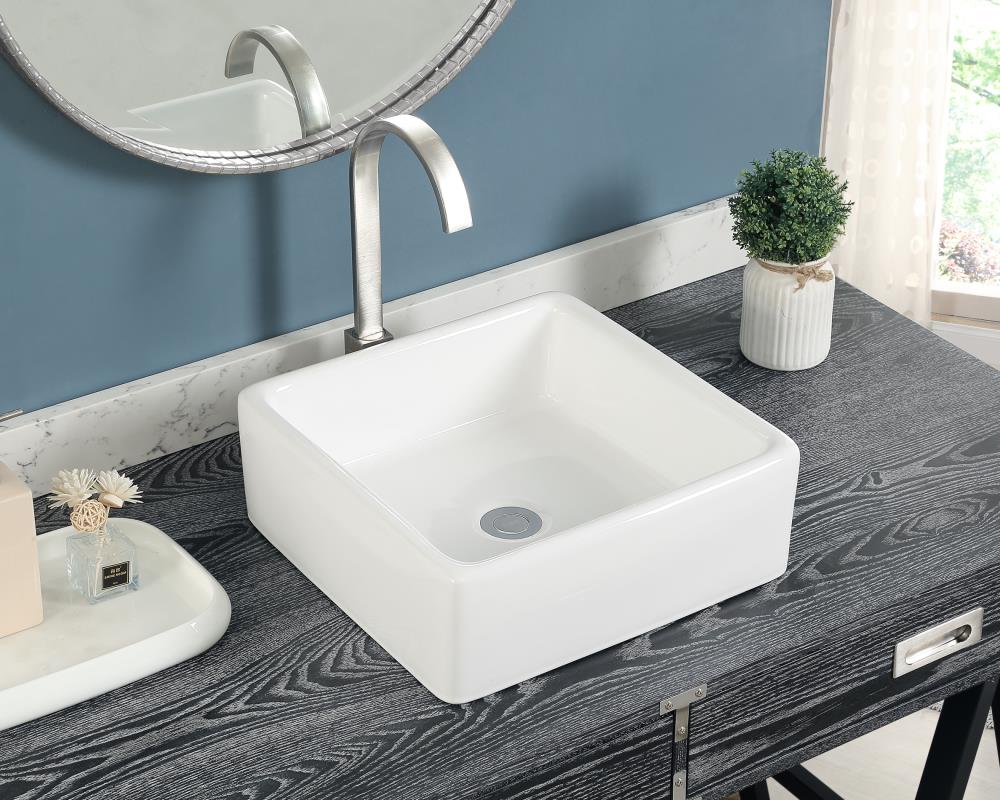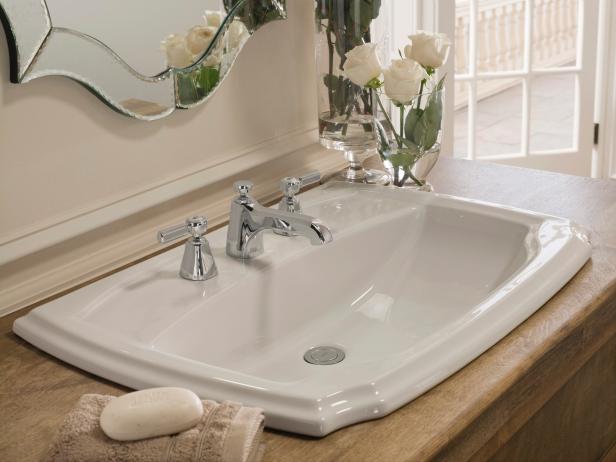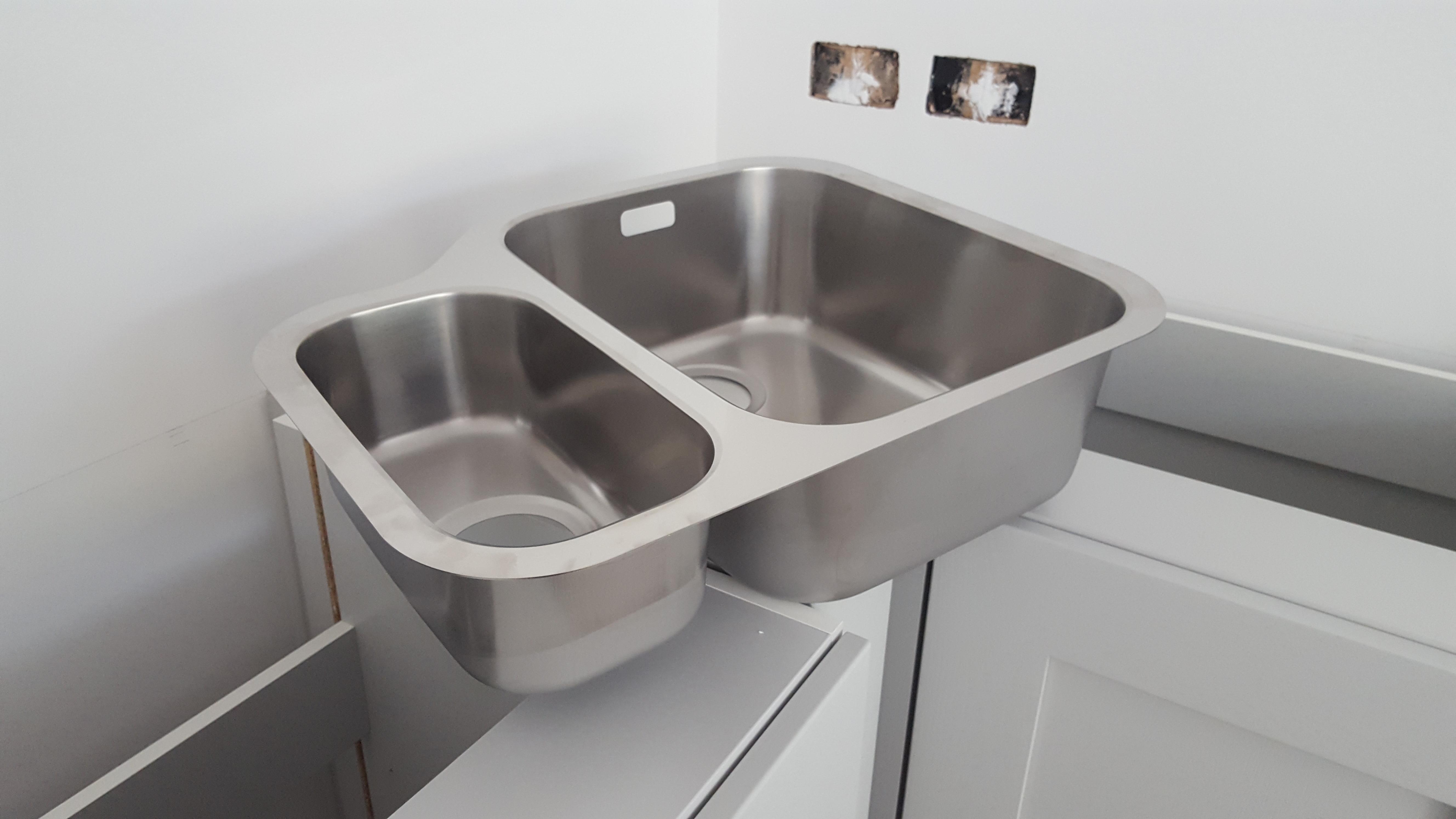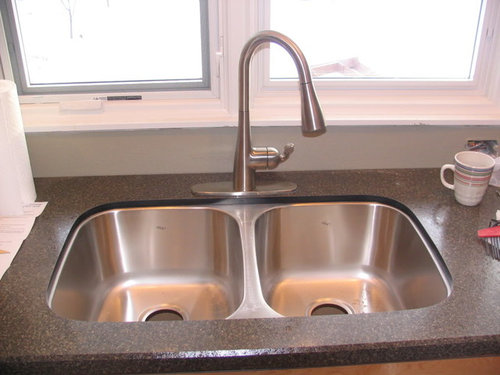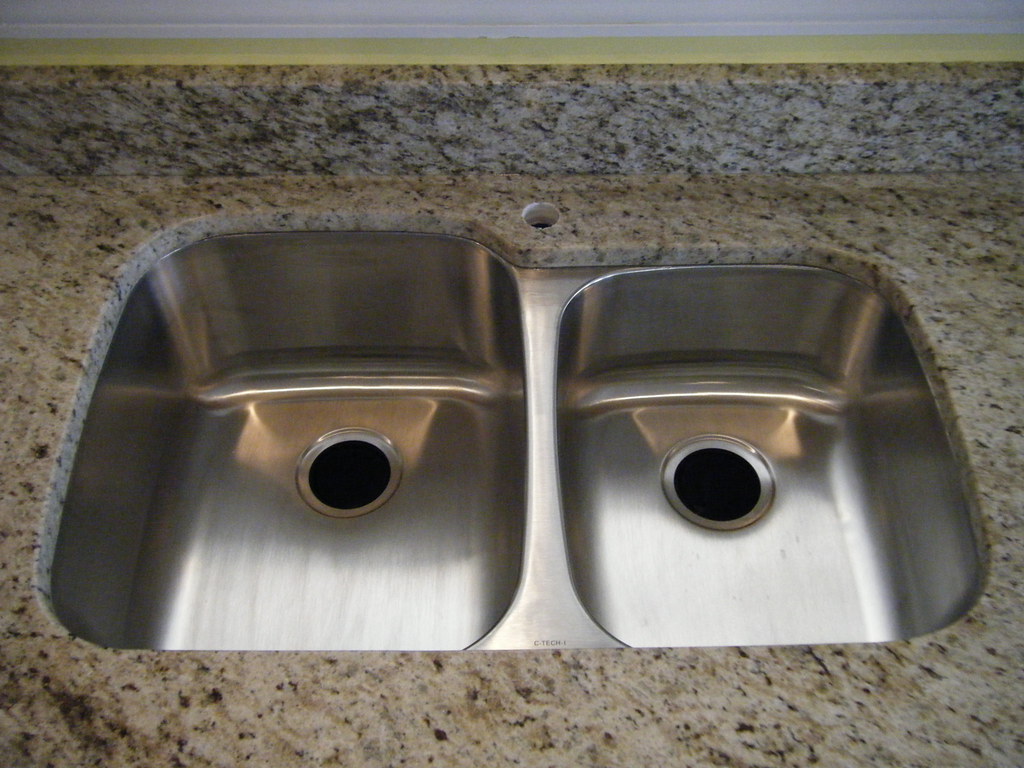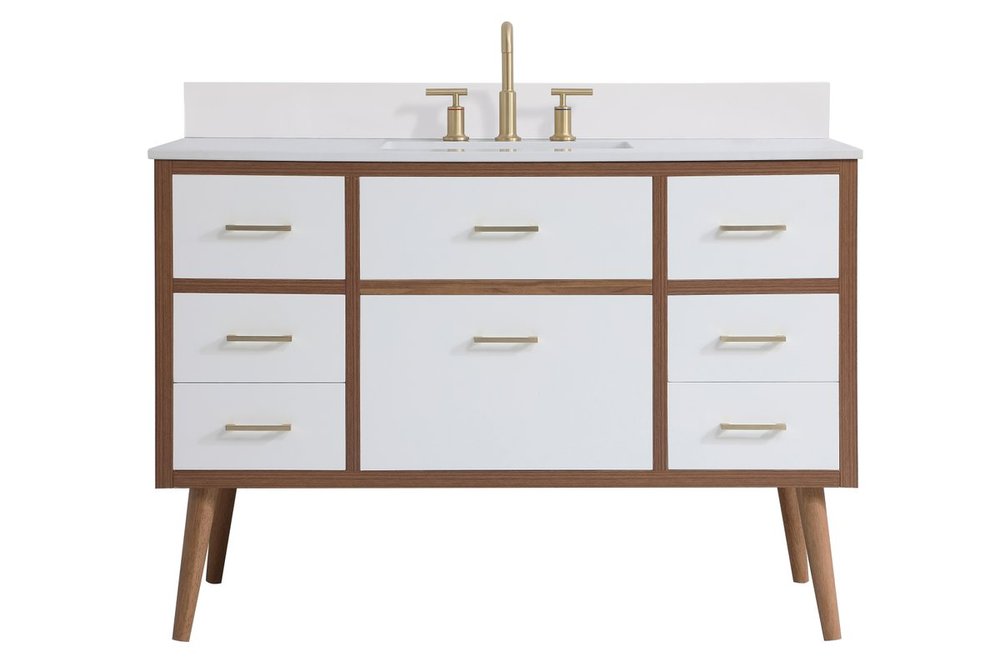When it comes to choosing a bathroom sink, the options can seem endless. One popular choice that has been gaining popularity in recent years is the undermount bathroom sink. This type of sink is installed underneath the countertop, creating a seamless and modern look in any bathroom. Undermount sinks come in a variety of materials, from classic ceramic to more modern options like stainless steel or quartz. They are also available in a range of shapes and sizes, making it easy to find the perfect fit for your bathroom. One of the benefits of undermount sinks is their sleek and clean appearance. Because they are installed underneath the counter, there is no visible rim or edge, giving your bathroom a more streamlined and modern look. Additionally, the lack of an edge makes it easier to clean the sink and countertop, as there are no crevices for dirt and grime to collect. Overall, undermount bathroom sinks are a great choice for those looking for a modern and stylish sink option.1. Undermount Bathroom Sink: A Sleek and Modern Choice
If you're looking to make a statement in your bathroom, a vessel sink may be the perfect choice for you. Vessel sinks sit on top of the counter, rather than being mounted underneath like undermount sinks. This creates a bold and unique look that can add a touch of luxury to any bathroom. Vessel sinks come in a variety of materials, including glass, stone, and porcelain. They also come in a range of shapes and sizes, from traditional round or oval shapes to more abstract and modern designs. One of the main benefits of vessel sinks is their versatility. Because they sit on top of the counter, they can be installed on any type of countertop, including granite, marble, and even wood. This allows you to choose a sink that complements your bathroom's overall design and aesthetic. However, one thing to keep in mind with vessel sinks is that they may require more frequent cleaning, as they are more exposed and can collect water and debris around the edges. But for those looking to make a statement in their bathroom, the unique and eye-catching look of a vessel sink is well worth it.2. Vessel Sink: A Unique and Eye-Catching Statement Piece
The main difference between undermount and vessel sinks is their installation method. Undermount sinks are installed underneath the counter, while vessel sinks sit on top of the counter. This difference not only affects the appearance of the sink but also its functionality and maintenance. Undermount sinks have a sleek and seamless appearance, making them a popular choice for modern bathrooms. They are also easier to clean, as there are no edges or rims for dirt and grime to collect. On the other hand, vessel sinks are more eye-catching and can add a unique touch to any bathroom. However, they may require more frequent cleaning due to their exposed edges. When it comes to functionality, undermount sinks tend to have a larger bowl capacity, making them a better choice for those who need more space for washing and rinsing. Vessel sinks, on the other hand, may have a smaller bowl capacity but can be installed on any type of countertop, giving you more design flexibility.3. Undermount vs Vessel Sink: What's the Difference?
To help you decide which type of sink is best for your bathroom, let's take a closer look at the main differences between undermount and vessel sinks. Appearance: Undermount sinks have a sleek and seamless appearance, while vessel sinks make a bold statement. Installation: Undermount sinks are installed underneath the counter, while vessel sinks sit on top. Functionality: Undermount sinks have a larger bowl capacity, while vessel sinks may have a smaller capacity but can be installed on any type of countertop. Maintenance: Undermount sinks are easier to clean, while vessel sinks may require more frequent cleaning. Design Flexibility: Undermount sinks are limited to certain types of countertops, while vessel sinks can be installed on any type of countertop. Ultimately, the choice between undermount and vessel sinks will depend on your personal preferences and the specific needs of your bathroom.4. Bathroom Sink Comparison: Undermount vs Vessel Sink
Now that we've discussed the main differences between undermount and vessel sinks, let's dive deeper into the benefits of undermount sinks specifically. Sleek and Modern: As mentioned earlier, the seamless appearance of undermount sinks adds a modern and sleek touch to any bathroom. Easier to Clean: With no edges or rims, undermount sinks are easier to clean and maintain. This can save you time and effort in your bathroom cleaning routine. More Counter Space: Because the sink is mounted underneath the counter, it frees up more counter space for other bathroom essentials. Durability: Undermount sinks are typically made from durable materials like ceramic, stainless steel, or quartz, making them a long-lasting choice for your bathroom. Overall, undermount sinks provide both functional and aesthetic benefits for any bathroom.5. The Benefits of Undermount Sinks
While undermount sinks offer a range of benefits, vessel sinks also have their own set of pros and cons. Let's take a closer look at these factors so you can determine if a vessel sink is right for your bathroom. Pros: Unique and eye-catching appearance, can be installed on any type of countertop, adds a touch of luxury to the bathroom. Cons: May require more frequent cleaning, may have a smaller bowl capacity, can be more expensive compared to undermount sinks. Ultimately, the decision to install a vessel sink will depend on your personal style and design preferences.6. Pros and Cons of Vessel Sinks
Another important factor to consider when choosing between undermount and vessel sinks is the installation process. Undermount Sink Installation: Installing an undermount sink typically requires professional help, as the sink needs to be mounted underneath the counter. This can add to the overall cost of the sink. Vessel Sink Installation: Vessel sinks are easier to install and can be done by the homeowner themselves. However, keep in mind that if you are installing a vessel sink on a countertop that is not designed for it, you may need to make modifications to the countertop to ensure proper support. Overall, both types of sinks may require some level of professional help, but vessel sinks offer more flexibility for DIY installation.7. The Installation Process: Undermount vs Vessel Sink
Vessel sinks come in a variety of styles, shapes, and sizes, making it easy to find the perfect fit for your bathroom. Here are some popular vessel sink styles to consider: Glass Vessel Sinks: These sinks are made from tempered glass and come in a variety of colors and designs, from clear to frosted to colorful patterns. Stone Vessel Sinks: Made from natural stone like marble or granite, these sinks add a touch of luxury to any bathroom. Porcelain Vessel Sinks: These sinks have a classic and timeless look and are available in a range of shapes and designs. When choosing a vessel sink, consider the overall style and aesthetic of your bathroom to find the perfect fit.8. Vessel Sink Styles: Finding the Perfect Fit for Your Bathroom
One of the main factors to consider when choosing a bathroom sink is its durability. After all, you want a sink that can withstand daily use and last for years to come. Undermount sinks are typically made from durable materials like ceramic, stainless steel, or quartz, making them a reliable and long-lasting choice for your bathroom. Additionally, because they are mounted underneath the counter, they are less prone to wear and tear compared to vessel sinks. Ultimately, investing in a durable sink can save you time and money in the long run, making undermount sinks a smart choice for any bathroom.9. Undermount Sink Durability: A Long-Lasting Choice
As mentioned earlier, vessel sinks may require more frequent cleaning compared to undermount sinks. This is because their exposed edges can collect water and debris, leading to potential staining or damage. However, with proper maintenance, you can keep your vessel sink looking like new. Here are some tips: Regular Cleaning: Wipe down your sink after each use to prevent water spots and stains. Use a mild soap and water to clean the sink, and avoid using harsh chemicals or abrasive cleaners. Prevent Water Stains: To prevent water stains, dry your sink after each use. You can also use a water-repellent polish to help keep your sink looking shiny and new. Address Stains Immediately: If you do notice any stains on your vessel sink, address them immediately with a mild cleaner or baking soda and water solution. By following these maintenance tips, you can keep your vessel sink looking beautiful for years to come.10. Vessel Sink Maintenance: Keeping Your Sink Looking Like New
The Pros and Cons of Undermount Bathroom Sinks and Vessel Sinks
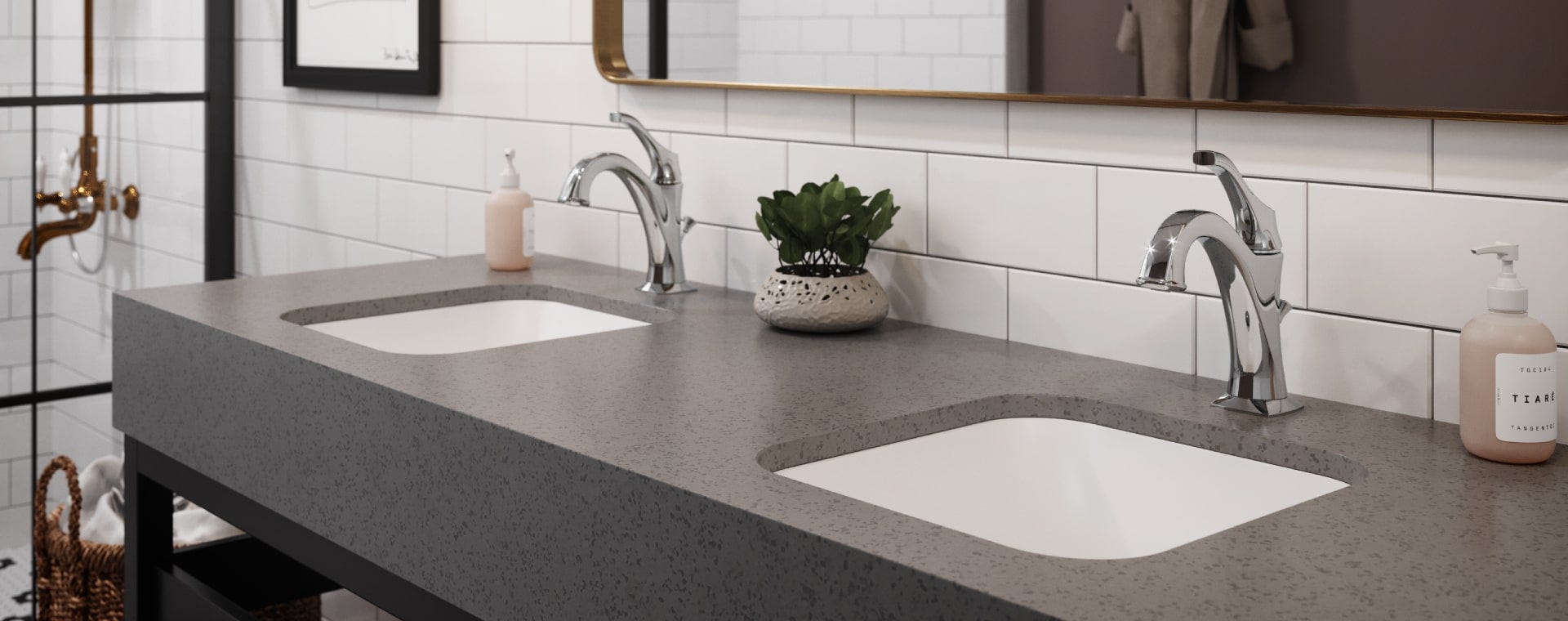
Why Choosing the Right Sink Matters
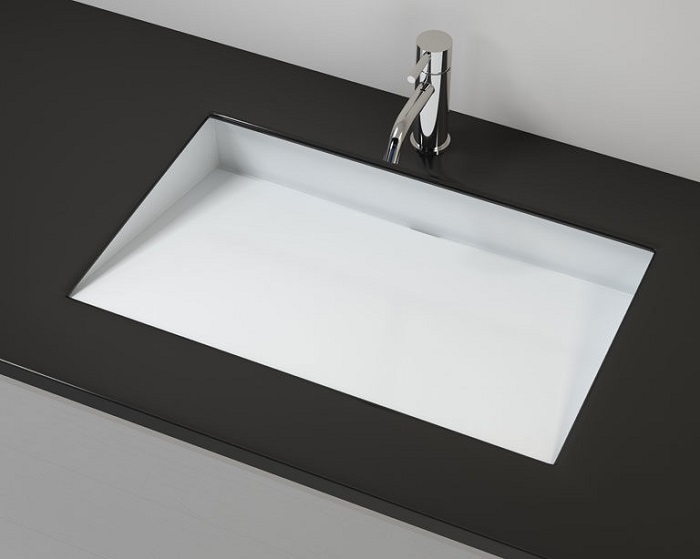 When it comes to designing your bathroom, the sink is an essential component. It not only serves as a functional element for daily use, but it also adds to the overall aesthetic of the space. Two popular sink styles that are often compared are undermount bathroom sinks and vessel sinks. Both have their own unique features and benefits, and it's important to understand them before making a decision. In this article, we will delve deeper into the pros and cons of each type to help you determine which one is the best fit for your bathroom design.
When it comes to designing your bathroom, the sink is an essential component. It not only serves as a functional element for daily use, but it also adds to the overall aesthetic of the space. Two popular sink styles that are often compared are undermount bathroom sinks and vessel sinks. Both have their own unique features and benefits, and it's important to understand them before making a decision. In this article, we will delve deeper into the pros and cons of each type to help you determine which one is the best fit for your bathroom design.
The Advantages of Undermount Bathroom Sinks
 Undermount bathroom sinks
are installed underneath the countertop, creating a seamless and sleek look. This type of sink is a popular choice for modern and minimalist bathroom designs. One of its main advantages is that it allows for easy cleaning, as there are no edges or ridges where dirt and grime can accumulate. It also gives the illusion of a larger countertop space, making it a great option for smaller bathrooms. Additionally, undermount sinks are highly customizable in terms of material, shape, and size, making it easy to find one that fits your specific design needs.
Undermount bathroom sinks
are installed underneath the countertop, creating a seamless and sleek look. This type of sink is a popular choice for modern and minimalist bathroom designs. One of its main advantages is that it allows for easy cleaning, as there are no edges or ridges where dirt and grime can accumulate. It also gives the illusion of a larger countertop space, making it a great option for smaller bathrooms. Additionally, undermount sinks are highly customizable in terms of material, shape, and size, making it easy to find one that fits your specific design needs.
The Drawbacks of Undermount Bathroom Sinks
 While undermount bathroom sinks have many benefits, they also have some drawbacks to consider. Depending on the material used for the countertop, the sink may be more susceptible to chipping and cracking. It also requires professional installation, which can be more costly compared to other sink styles. Another potential downside is that it may not be as visually appealing for traditional or vintage bathroom designs, as it has a more modern and streamlined look.
While undermount bathroom sinks have many benefits, they also have some drawbacks to consider. Depending on the material used for the countertop, the sink may be more susceptible to chipping and cracking. It also requires professional installation, which can be more costly compared to other sink styles. Another potential downside is that it may not be as visually appealing for traditional or vintage bathroom designs, as it has a more modern and streamlined look.
The Benefits of Vessel Sinks
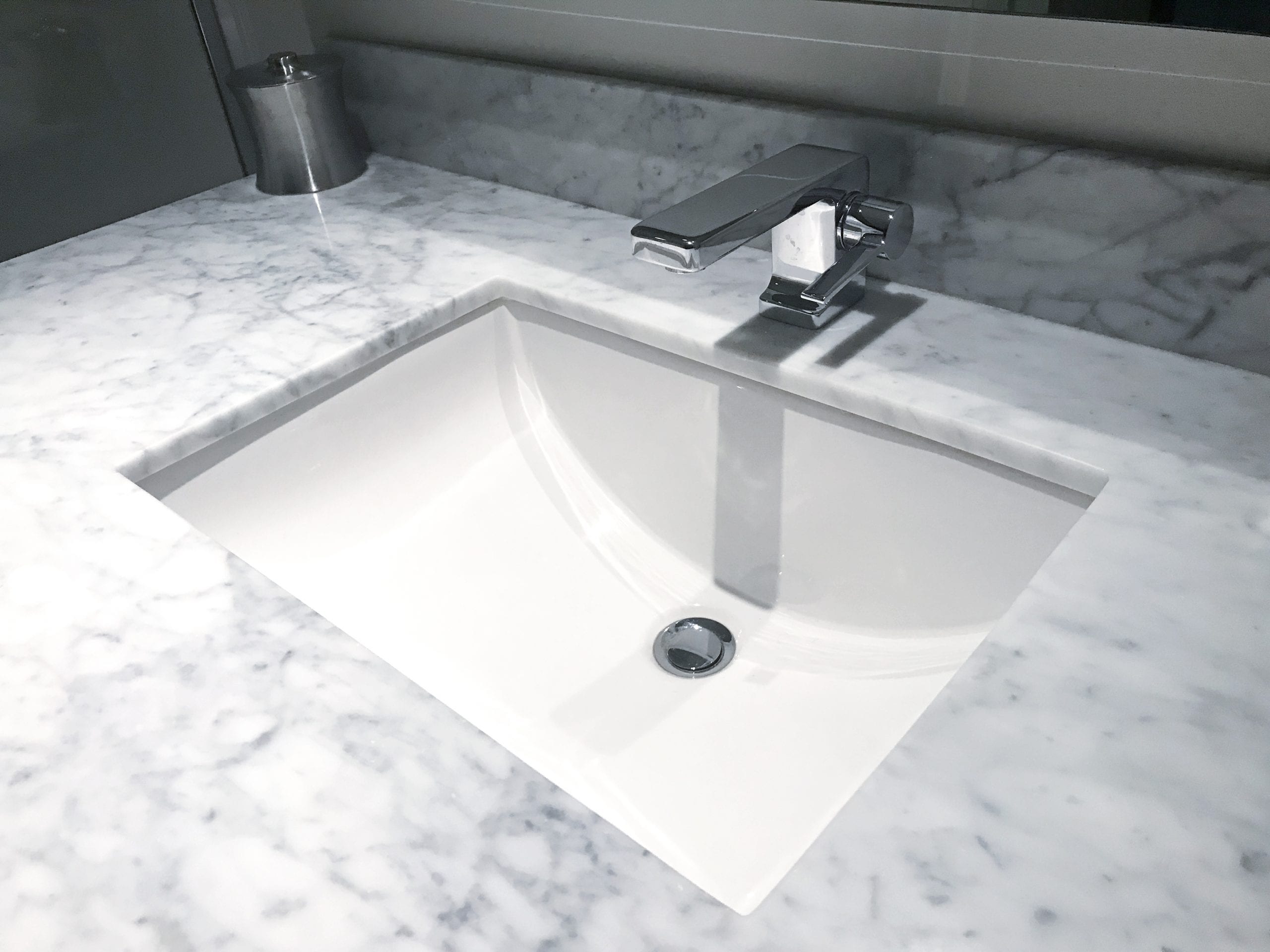 Vessel sinks
, on the other hand, sit on top of the countertop and are often seen as a statement piece in bathroom design. They come in various shapes, sizes, and materials, making them a versatile option for any style. One of the main advantages of this type of sink is that it can be easily installed without the need for professional help. It also adds a unique and eye-catching element to the bathroom, making it a great focal point. Vessel sinks are also typically deeper than undermount sinks, allowing for more water to be held.
Vessel sinks
, on the other hand, sit on top of the countertop and are often seen as a statement piece in bathroom design. They come in various shapes, sizes, and materials, making them a versatile option for any style. One of the main advantages of this type of sink is that it can be easily installed without the need for professional help. It also adds a unique and eye-catching element to the bathroom, making it a great focal point. Vessel sinks are also typically deeper than undermount sinks, allowing for more water to be held.
The Potential Downsides of Vessel Sinks
:max_bytes(150000):strip_icc()/undermount-vs-drop-in-kitchen-sink-1821203-FINA--5bb521accff47e0026d4ad95.png) While vessel sinks have many attractive qualities, they also have some potential drawbacks to consider. Due to its placement on top of the countertop, it may take up more space and make the bathroom feel smaller. It may also be more challenging to clean, as there are more edges and crevices where dirt and grime can accumulate. Additionally, if the sink is not properly installed, it may be more prone to leaks and water damage.
While vessel sinks have many attractive qualities, they also have some potential drawbacks to consider. Due to its placement on top of the countertop, it may take up more space and make the bathroom feel smaller. It may also be more challenging to clean, as there are more edges and crevices where dirt and grime can accumulate. Additionally, if the sink is not properly installed, it may be more prone to leaks and water damage.
The Verdict
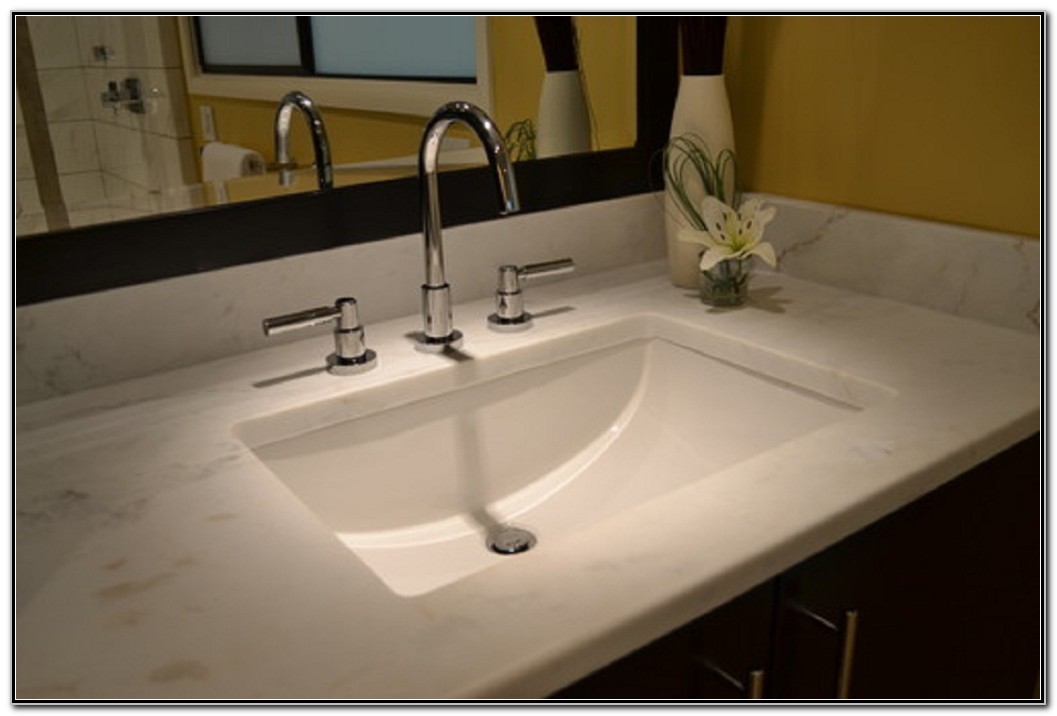 In the end, the choice between undermount bathroom sinks and vessel sinks ultimately comes down to personal preference and the overall design of your bathroom. Both have their own set of advantages and disadvantages, and it's important to carefully consider them before making a decision. Whichever style you choose, make sure it complements your bathroom design and meets your functional needs. With proper care and maintenance, either type of sink can be a beautiful and functional addition to your bathroom.
In the end, the choice between undermount bathroom sinks and vessel sinks ultimately comes down to personal preference and the overall design of your bathroom. Both have their own set of advantages and disadvantages, and it's important to carefully consider them before making a decision. Whichever style you choose, make sure it complements your bathroom design and meets your functional needs. With proper care and maintenance, either type of sink can be a beautiful and functional addition to your bathroom.







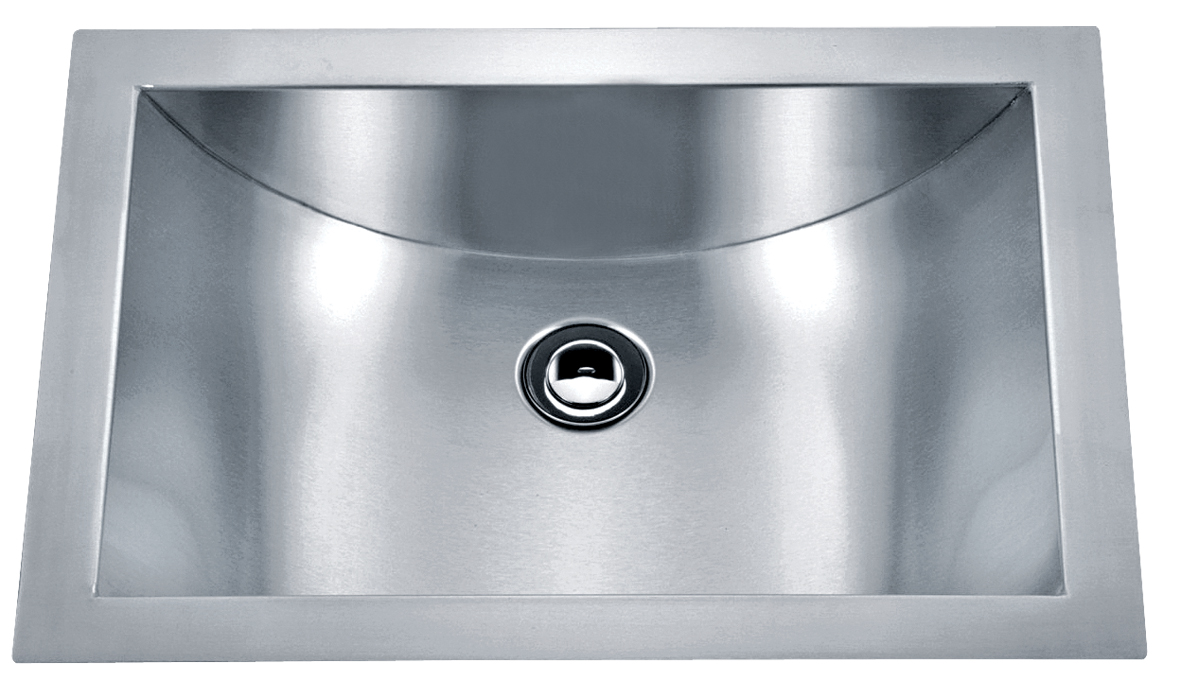
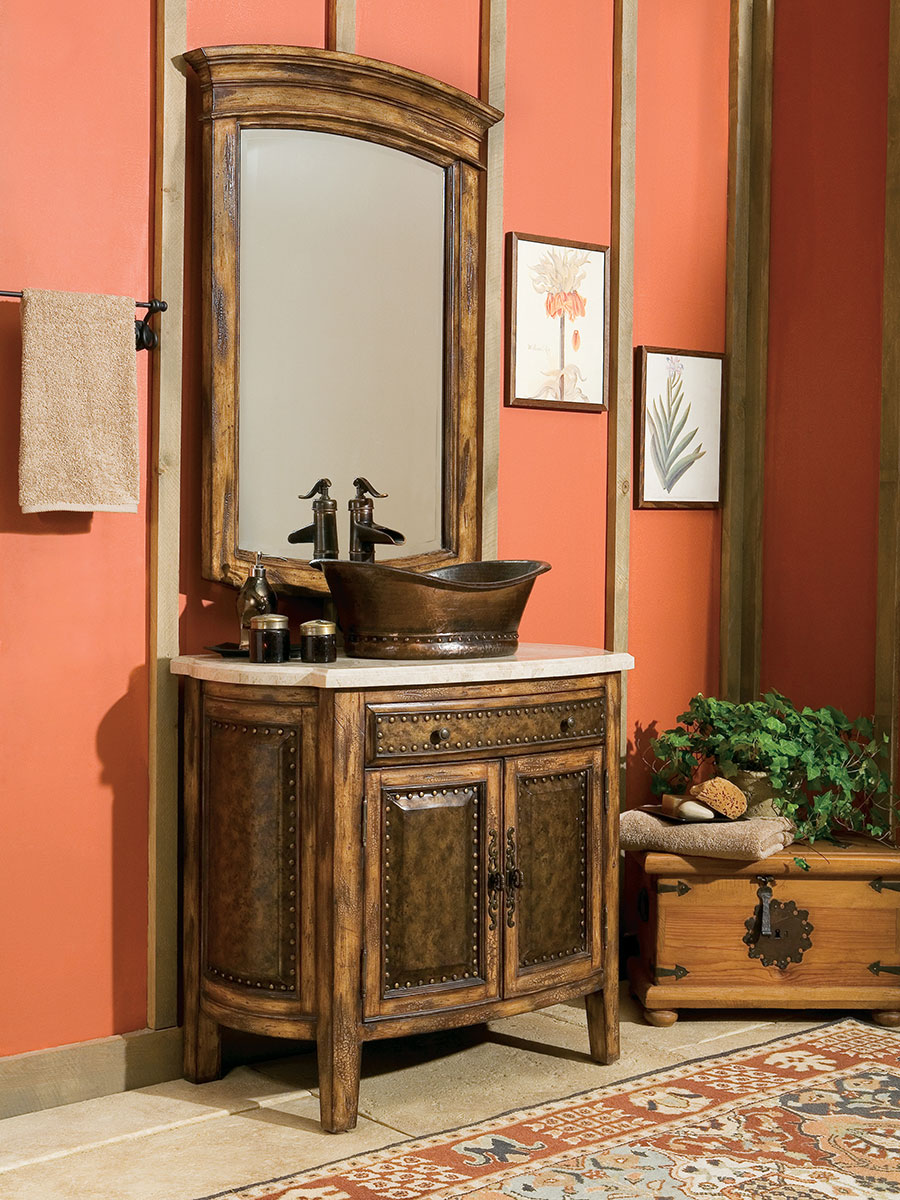


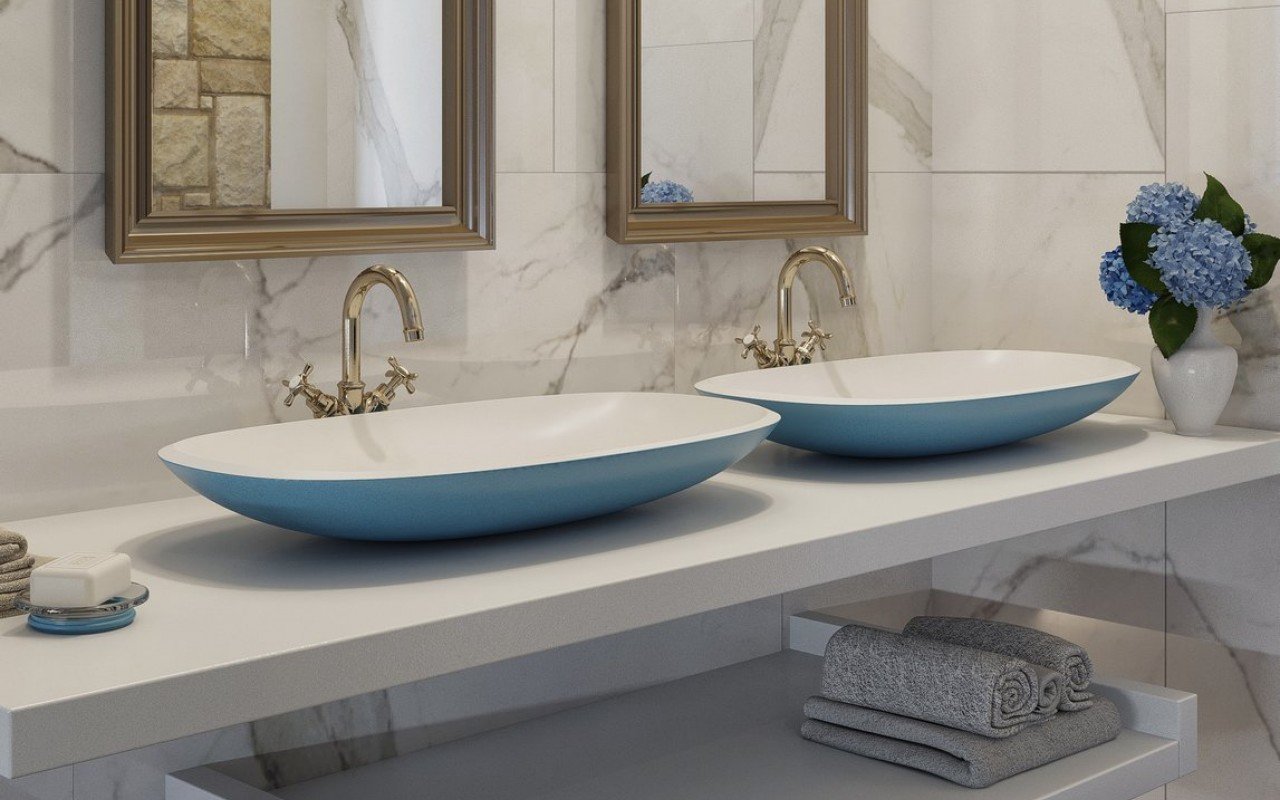


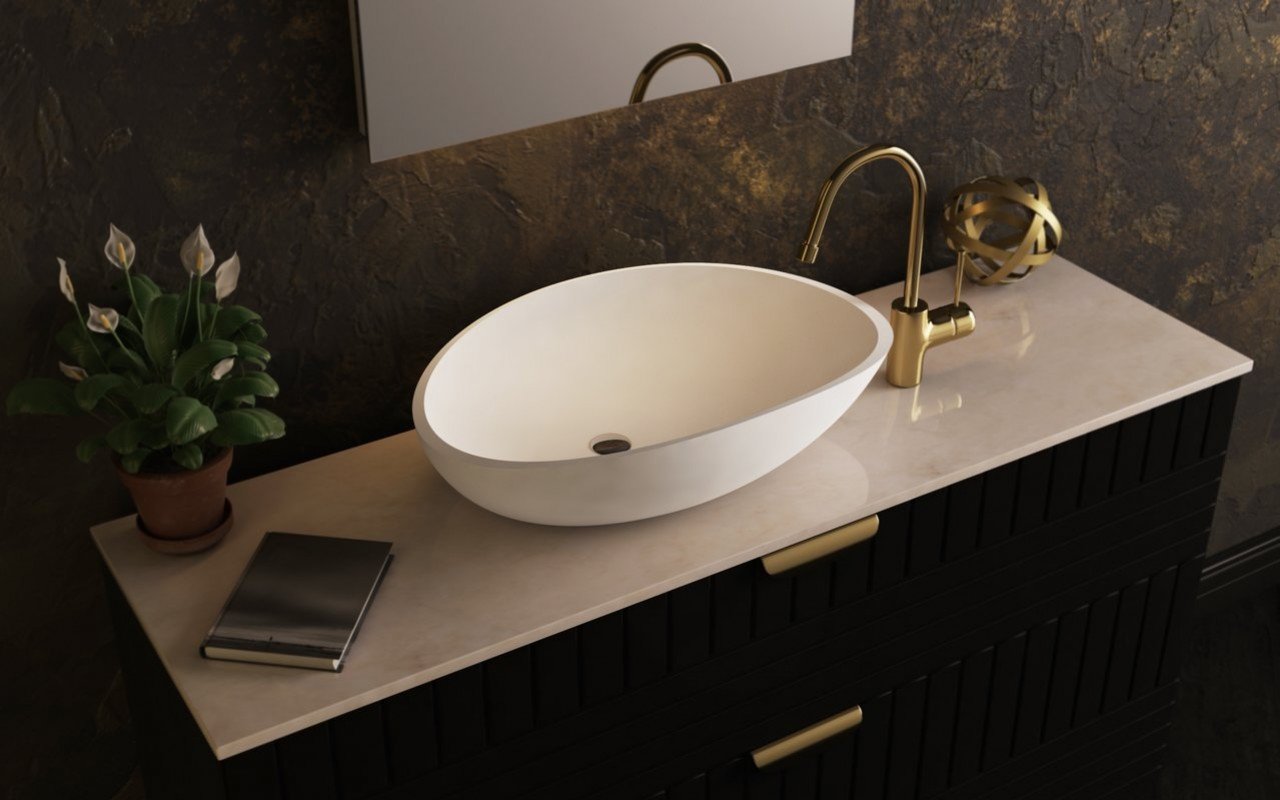
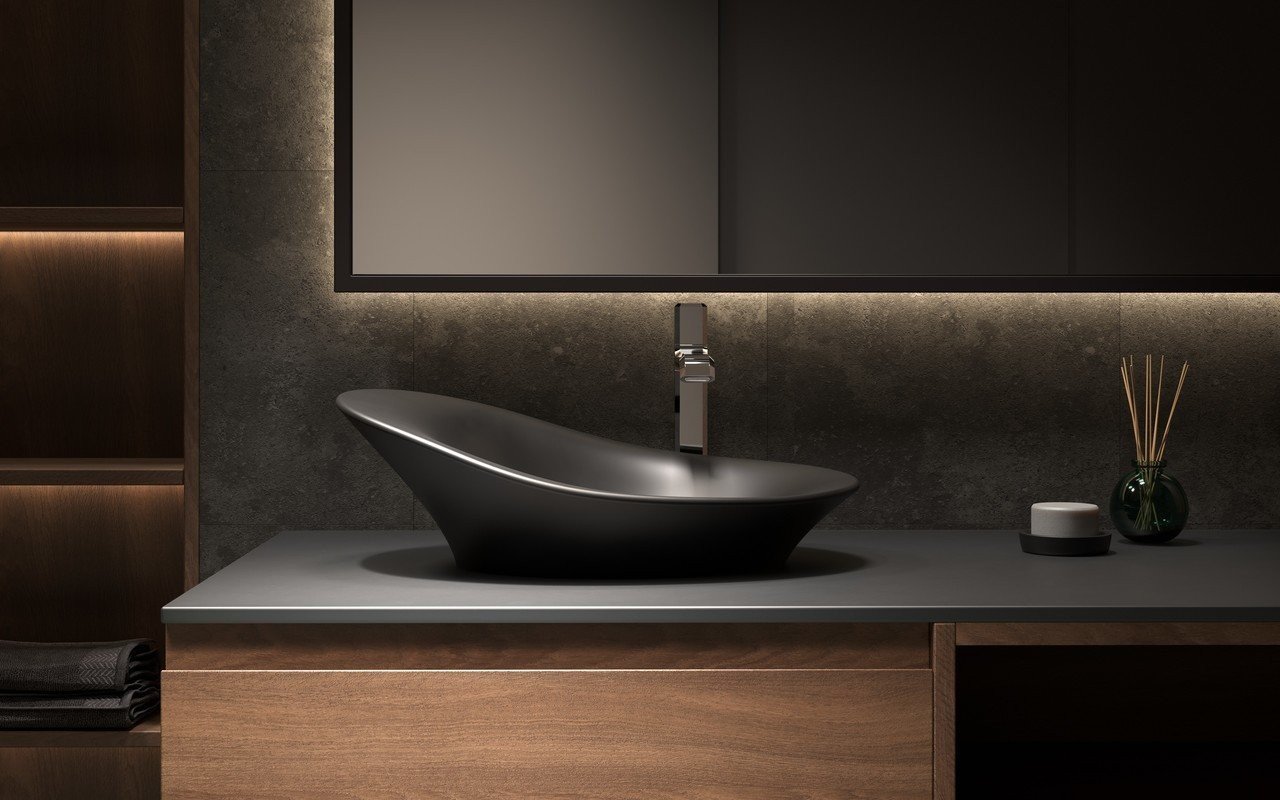
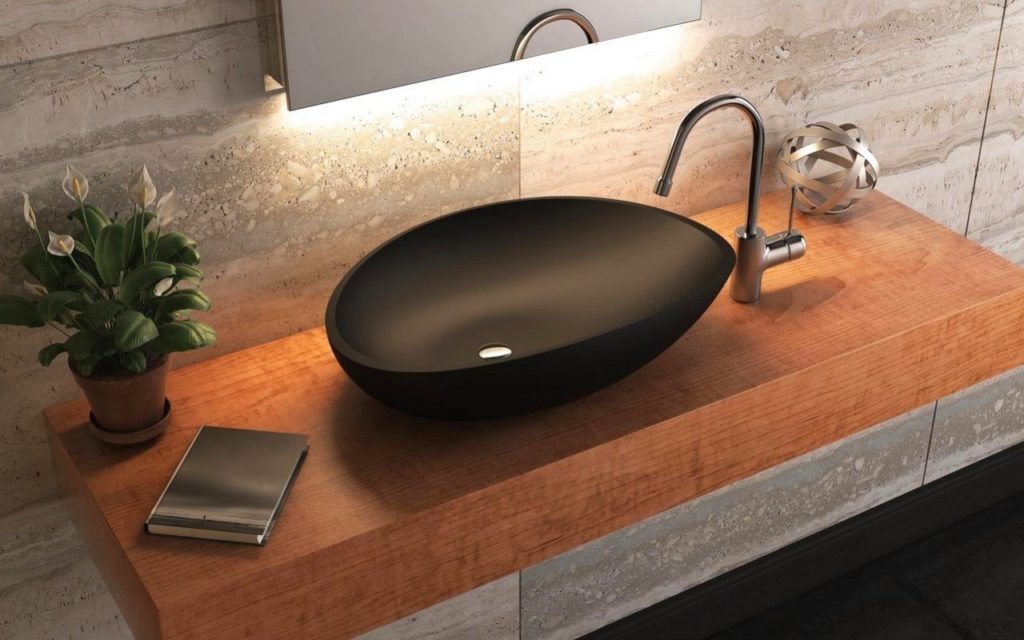
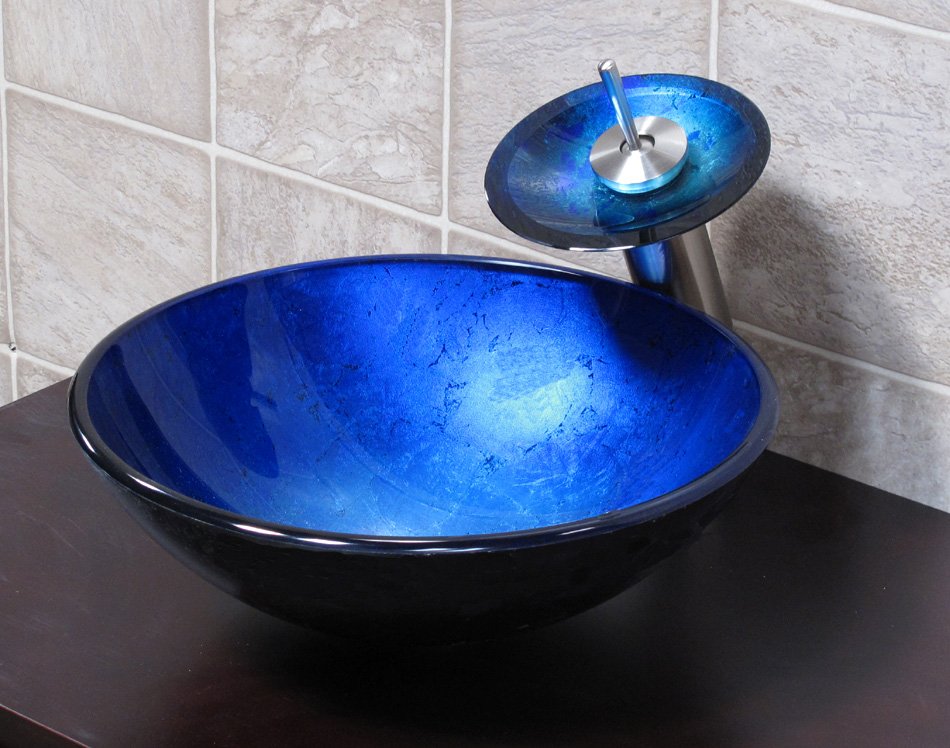
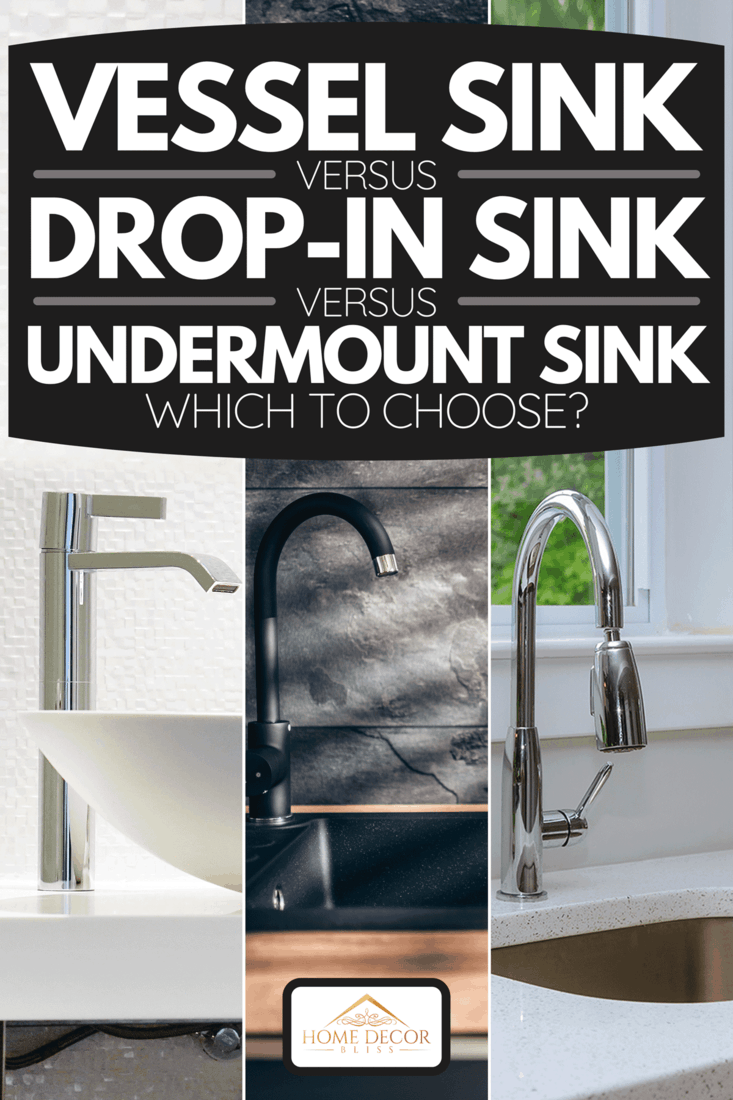



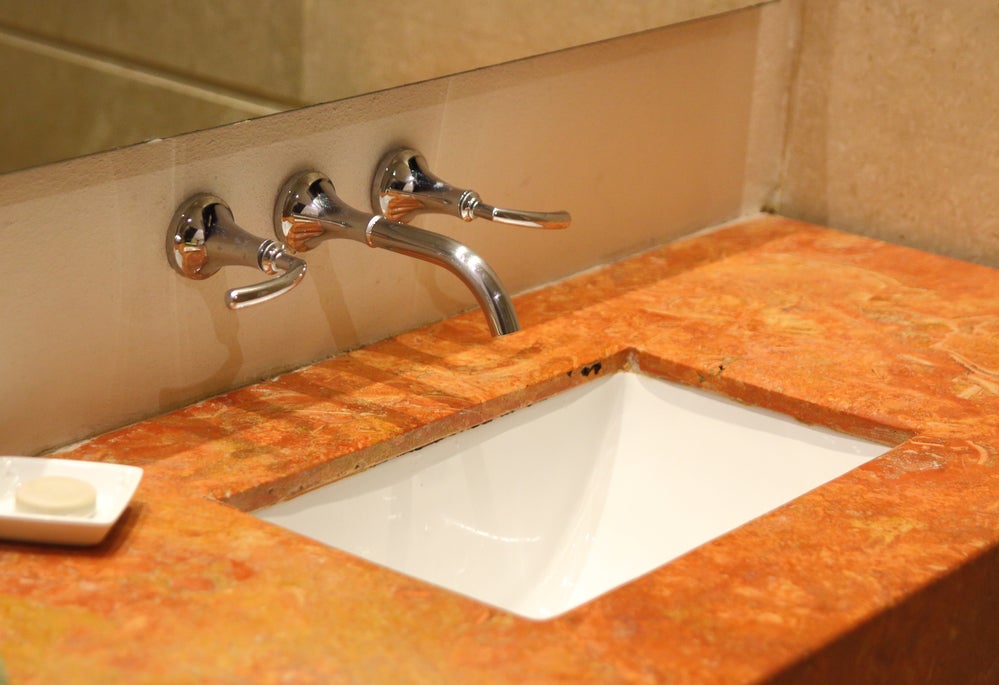









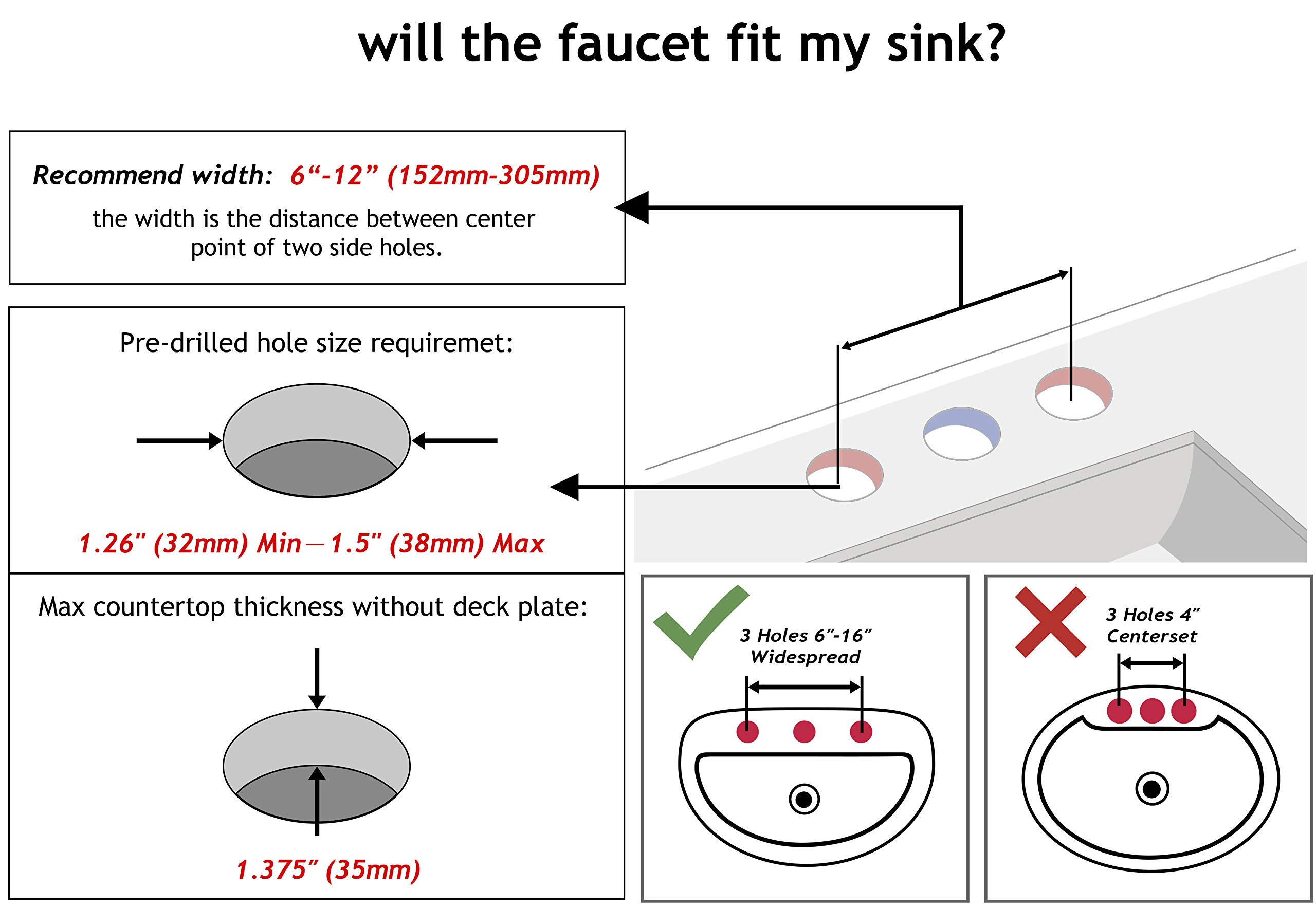

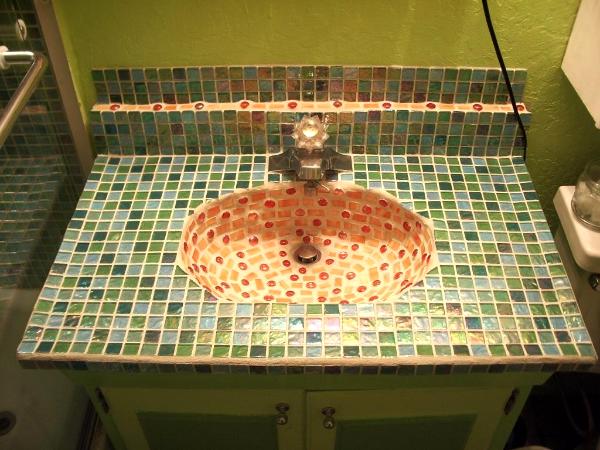


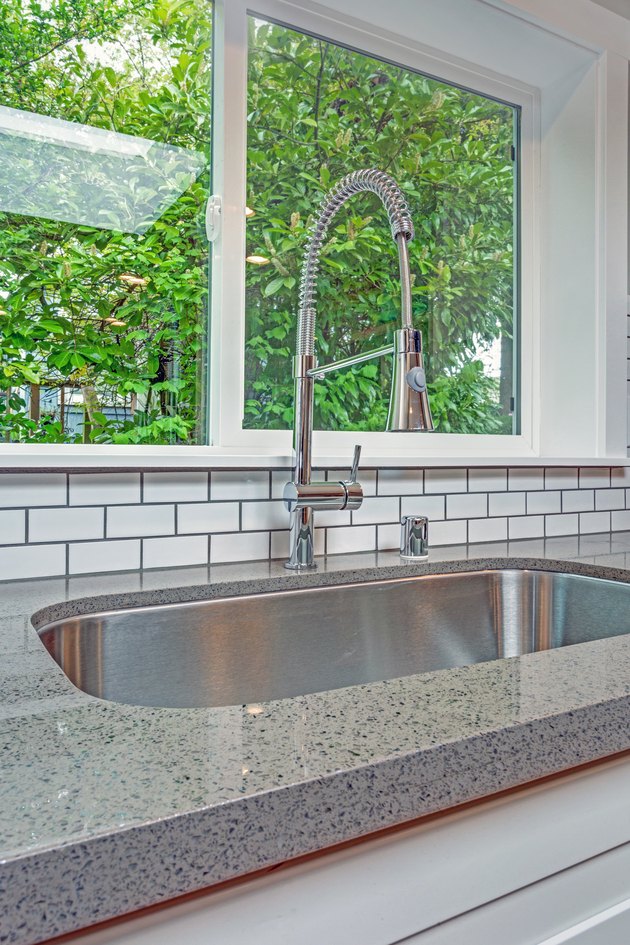


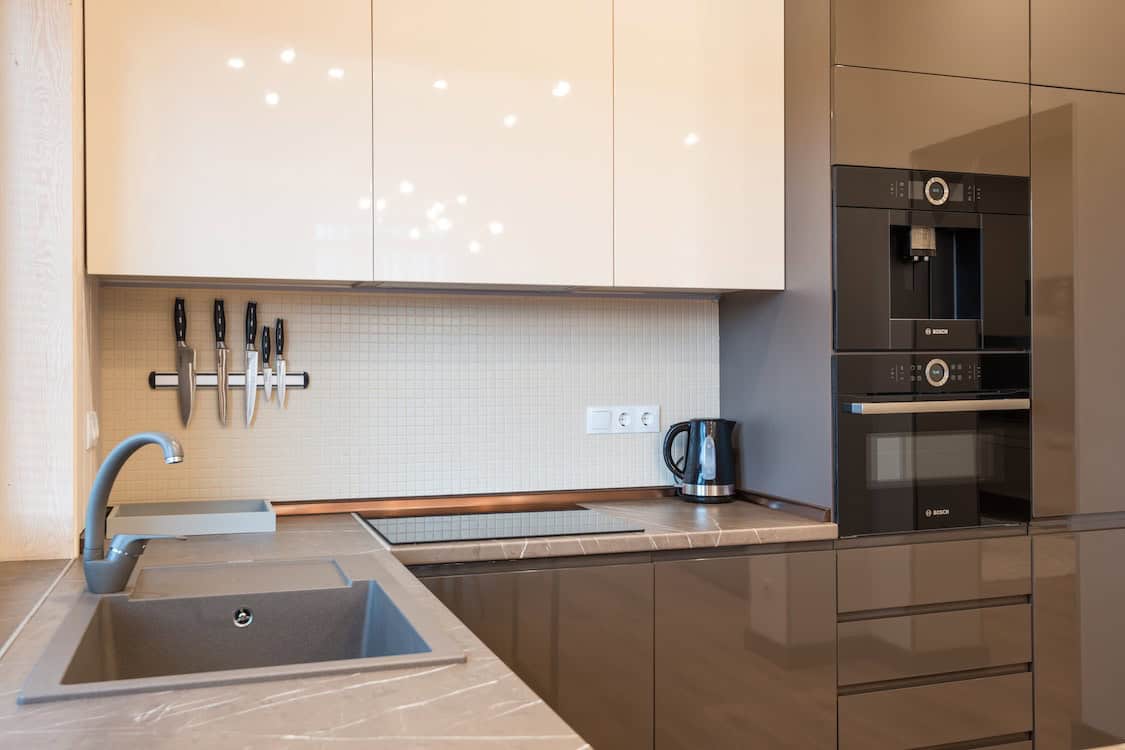






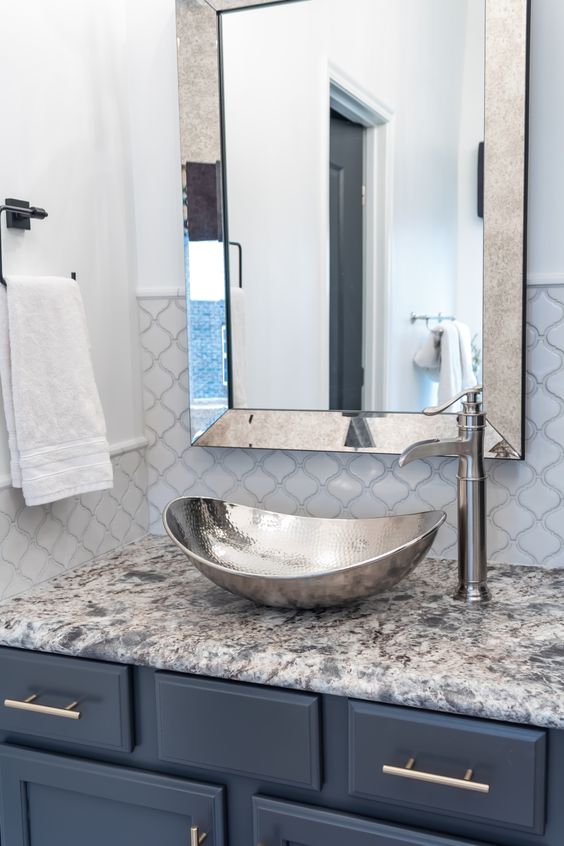


/126160047-56a49f025f9b58b7d0d7e08b.jpg)
